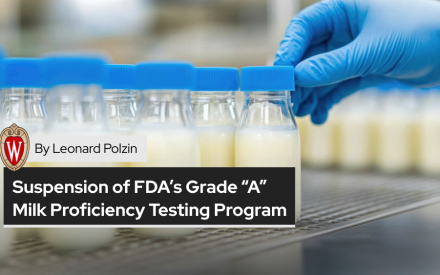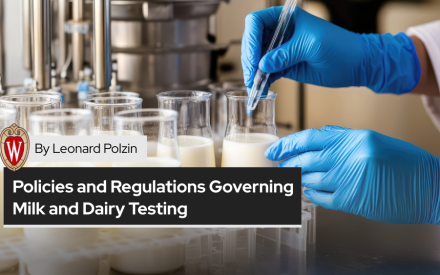The U.S. dairy market is potentially at a turning point, marked by reduced culling, stable cheese inventories, and rising butter stocks. Improved milk prices and strong export performance offer some optimism. However, challenges such as regional disparities in production, inventory pressures, and slower-than-expected domestic demand seem to continue to exert pressure on prices.
Dairy Cow Slaughter and Herd Management
In early May, U.S. dairy producers significantly reduced cow culling, indicating potential shifts in herd management strategies. For the week ending May 4, slaughter volumes dropped below 50,000 head for the first time in a non-holiday week in nearly eight years, according to USDA data. This trend continued, with only 47,977 head culled in the week ending May 11. This slowdown in culling could be influenced by seasonal factors, but improved economics likely played a substantial role. Class III milk prices have been rallying since mid-April, promising better margins for producers after several challenging months. This suggests that producers may be retaining more cows, including low-producing ones, to either maintain or grow their herds. This could lead to a slight decline in per cow production as producers avoid the high costs of replacement heifers.
Milk Production and Herd Size
U.S. milk production in April totaled 19.1 billion pounds, a 0.4% year-over-year decrease. Despite the overall decline, the Midwest region saw a notable 2.8% increase in production. Conversely, the Southwest experienced a significant 6.4% drop. The national dairy herd contracted to 9.34 million head, down 8,000 cows from the previous month and 74,000 compared to the previous year. While milk availability increased in the Upper Midwest due to power disruptions at processing plants, spot milk prices in the region fell, indicating excess supply.
Market Dynamics for Butter and Cheese:
Butter
The butter market has been influenced by rising inventories, as reported in the USDA’s Cold Storage report for April. Butter stocks increased by 44 million pounds from March, reaching 361.3 million pounds, a 13.9% month-over-month rise and a 9.0% year-over-year increase. This substantial inventory build, driven by ample cream availability, has pushed butter prices lower. However, this inventory surge may limit future price increases unless there is a significant rise in demand.
Cheese
Cheese inventories remained stable in April, with total U.S. cheese stocks at 1.460 billion pounds, a slight month-over-month increase and a 0.6% year-over-year decline. American-type cheese stocks rose by 11 million pounds from March but were still down 0.3% compared to the previous year. Despite stable inventory levels, spot cheese markets experienced declines. Spot block cheese prices fell to $1.8700 per pound, and barrels dropped below $2.
Global Dairy Trade and Export Trends
Recent GlobalDairyTrade events indicated a positive shift in commodity prices, with a 4.1% increase in the weighted average price despite a 3% decline in volume. Increased participation from China, up 65% from the previous auction, and significant purchases by Southeast Asia and Oceania, drove this uptick. U.S. dairy exports have shown resilience, with 2023 export values reaching $8.11 billion, the second-highest on record despite a 16% decline from the previous year. This strength in exports has provided some support to domestic prices amidst fluctuating supply conditions.


 Dairy Market Dynamics and Domestic Constraints: A Dairy Sector Assessment as of June 2025
Dairy Market Dynamics and Domestic Constraints: A Dairy Sector Assessment as of June 2025 U.S.–Canada Dairy Trade Relationship (2025–Present)
U.S.–Canada Dairy Trade Relationship (2025–Present) Suspension of FDA’s Grade “A” Milk Proficiency Testing Program – A Comprehensive Analysis
Suspension of FDA’s Grade “A” Milk Proficiency Testing Program – A Comprehensive Analysis Policies and Regulations Governing Milk and Dairy Testing: A Wisconsin Overview
Policies and Regulations Governing Milk and Dairy Testing: A Wisconsin Overview


